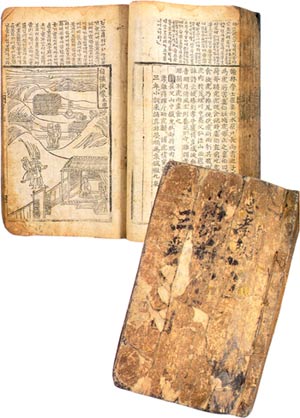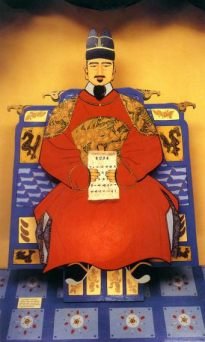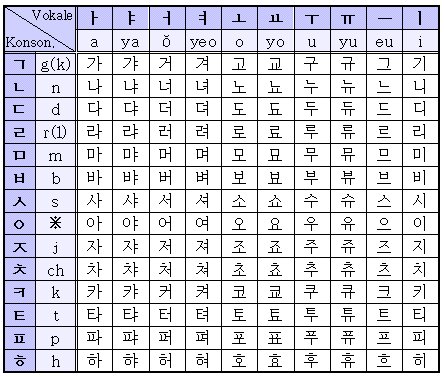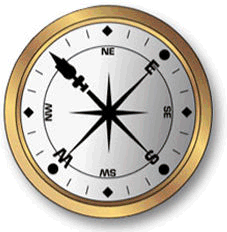Hangul (Han´gul), the Korean Alphabet
Koreans use their own unique alphabet called Hangul. It is considered to be one of the most efficient alphabets in the world and has garnered unanimous praise from language experts for its scientific design and excellence.
Hangul was created under King Sejong during the Joseon-Dynasty (1393-1910). in 1446, the first Korean alphabet was proclaimed under the original name Hunmin chong-um, which literally meant "the correct sounds for the instruction of the people."
King Sejong, the creator of Hangul, is considered to be one of the greatest rulers in the history of Korea. Highly respected for his benevolent disposition and diligence, King Sejong was also a passionate scholar whose knowledge and natural talent in all fields of study astounded even the most learned experts.





